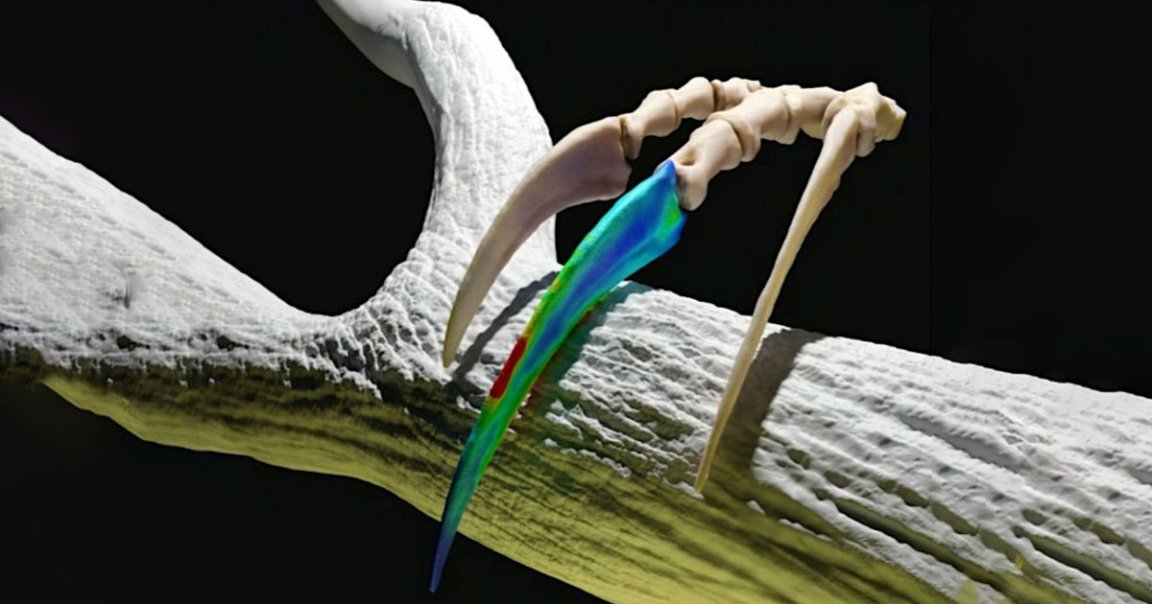
Fistful of Samurai Swords
Thanks to a recent study, scientists can confirm that the Therizinosaurus, a therapod that according to Live Science lived during the Late Triassic and Cretaceous periods roughly 220 to 66 million years ago, was a much gentler giant than previously thought — despite the fact that it could grow up to 40 feet in length and had, well, terrifying three-foot-long claws on each hand.
The researchers had a clutch description for the beast.
“Therizinosaurus is famous for its sickle-like claws, each as long as a samurai sword: Edward Scissorhands on speed,” study co-author Chun-Chi Liao, a paleontologist from the University of Bristol, said in a press release.
Of course, with a description like that, you’d be forgiven for thinking that Therizinosaurus was the dino world’s Freddy Kreuger, especially considering that it already made its Hollywood debut in the recent “Jurassic World” movies.
But through a series of computer simulations based on 3D modeling, the researchers were shocked to discover that Therizinosaurus’ terrifying talons were actually way too weak for combat.
“Movies and documentaries suggest that they used these claws like long swords to fight each other or predators,” Zichuan Qin, a doctoral student at the University of Bristol in England and leader of the study, told Live Science. “But our research suggests that they cannot bear any stress, which means these animals couldn’t use their claws to fight or defend themselves.”
Nails Did
But of course, the question still remains: if these claws weren’t evolved for battle, what were they even for?
“Not all therizinosaur hand claws were so useless in combat, but most other related species could use their claws as powerful hooking tools when feeding on leaves from the trees,” Liao continued. “So we conclude the largest claws of any animal ever were actually useless in mechanical function, and so must have evolved under sexual selection to be used in display.”
Indeed, like the plumes on the grand birds of paradise, the massive claws were likely a tool of seduction — and the Therizinosaurus with the longest claws were simply just the hottest ones on the prehistoric plains.
But if they weren’t a means of sexual selection, the scientists do have one other theory.
“They might even have used them to groom each other,” study co-author Mike Benton, a professor of vertebrate paleontology at the University of Bristol, told Live Science. “These animals were feathered, and for all we know, they could have used them like elaborate combs.”
READ MORE: Jurassic World’s bizarre, scythe-clawed dinosaur couldn’t have been a slasher, study confirms